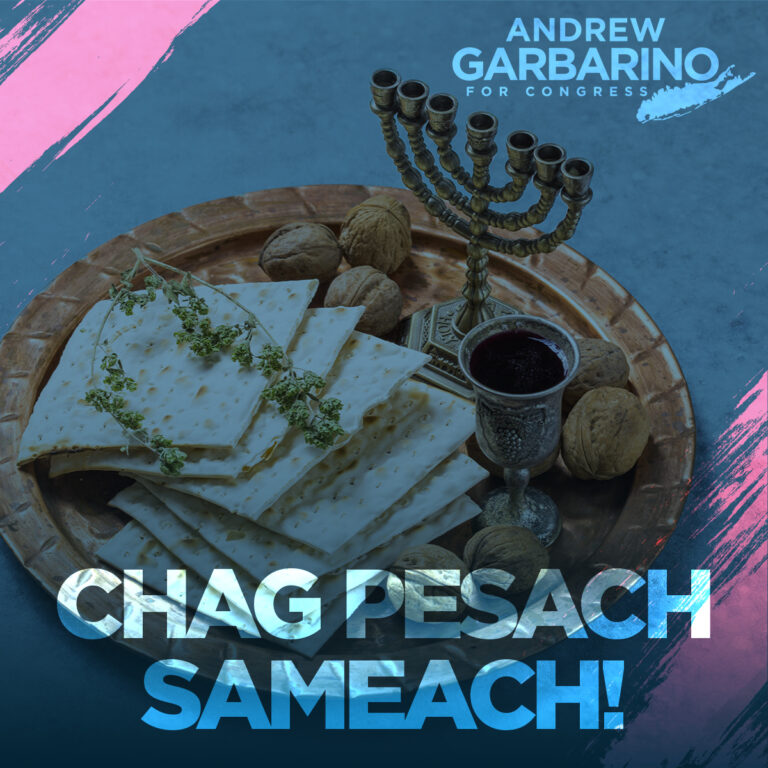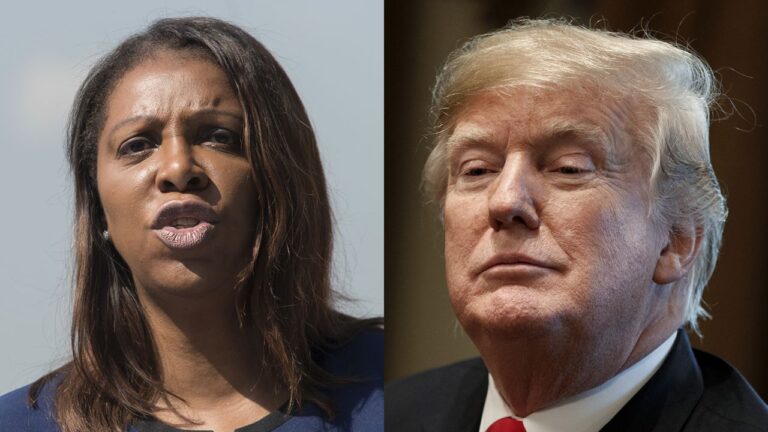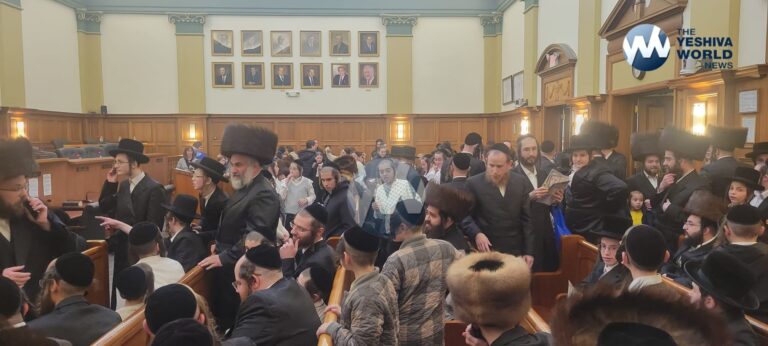In this week’s parsha, the Torah discusses the mitzvah of bikkurim, the bringing of the first-ripened fruits to the Beis Hamikdash. The essence of Mitzvas Bikkurim is hakaras hatov. From the very first moment that the fruit’s blooming is noticed, the owner immediately separates the fruit, puts it in a basket, takes it to the Beis Hamikdash and says a special tefillah. Rashi (26: 3) says ‘she-aincha kafuy tova’ – to show that you are not unappreciative. What do we see from this Rashi? Since one had neglected their first opportunity to thank Hashem he is considered a kafuy tov. We’re expected to show hakaras hatov from the very first moment we see something “tov”.
It’s interesting to note that we say in Mizmor Shir Chanukas Habayis—‘Hashem elokai sheevata eilecha vatirpaeini’, that Dovid Hamelech is thanking Hashem for healing him on a previous sickness. This pasuk seems a bit misplaced. In this perek, Dovid Hamelech had begun to thank Hashem for receiving the plot of land and laying the foundation for the Beis Hamikdash; he was giving thanks to Hashem for this joyful opportunity. In midst of all of this he started thanking Hashem for healing him on a previous sickness. What can be the connection here? Why was he suddenly mentioning this in the middle of thanking Hashem for laying the foundation on the Beis Hamikdash?
Rav Isser Zalman Meltzer, Zt”l, says that when a person receives a chesed from Hashem and then receives a subsequent chesed, the only way they are able to receive that second chesed was because they had received the first one. Had it not been for the prior chesed of Hashem they would have never been able to benefit from it and reach the place where they are standing today. So Dovid Hamelech thought it was very appropriate to thank Hashem for a previous chesed because he now had a newfound appreciation for the old chesed. A person should have the obligation and feel it a necessity to show his hakaras hatov immediately after receiving the chesed and chas vashalom not to let it fade. One whose hakaras hatov fades is considered a kafui tov.
There’s a popular story with Rav Shach that shows the importance of how one should be maker tov: When Rav Shach was an old man, in his late years, there was an older woman who was nifteres. As soon as he heard the grim news he insisted on going to the levaya. It was a cold, winter rainy day. His students tried convincing him out of it but he insisted on making the trip. When they asked him why, he responded that when he was a young bochur he learned in a place in which he had no relatives, no family and needless to say, no money. He had holes in his socks and in the winter it made him very cold. This particular lady heard about this young masmid with holes in his socks and offered to sew up the holes in his socks in order to keep him warm so he can learn. So Rav Shach felt that altz hakaras hatov – he had to go.
When they arrived at the levaya it was still cold and rainy. People offered Rav Shach their umbrella to stand under, but he refused. People offered him to sit inside their car so he can at least rest his feet but he refused. He wanted to stand out there in the cold rain. He stood there for the remainder of the levaya. Afterwards, they asked him what the reason was for his behavior. Why did he refuse everything they had offered him, especially at his old age?
Rav Shach Zt’l explained that he acted in this seemingly odd way in order for to re-live the experience and to remember the feelings of what it was to be cold; to remember how she helped him and to show her off with the proper hakaras hatov.
We see here how important hakaras hatov is. Developing this middah is so crucial that one should relive the situation of need in order to have the true appreciation for the chesed and to be maker tov in the proper fashion.










